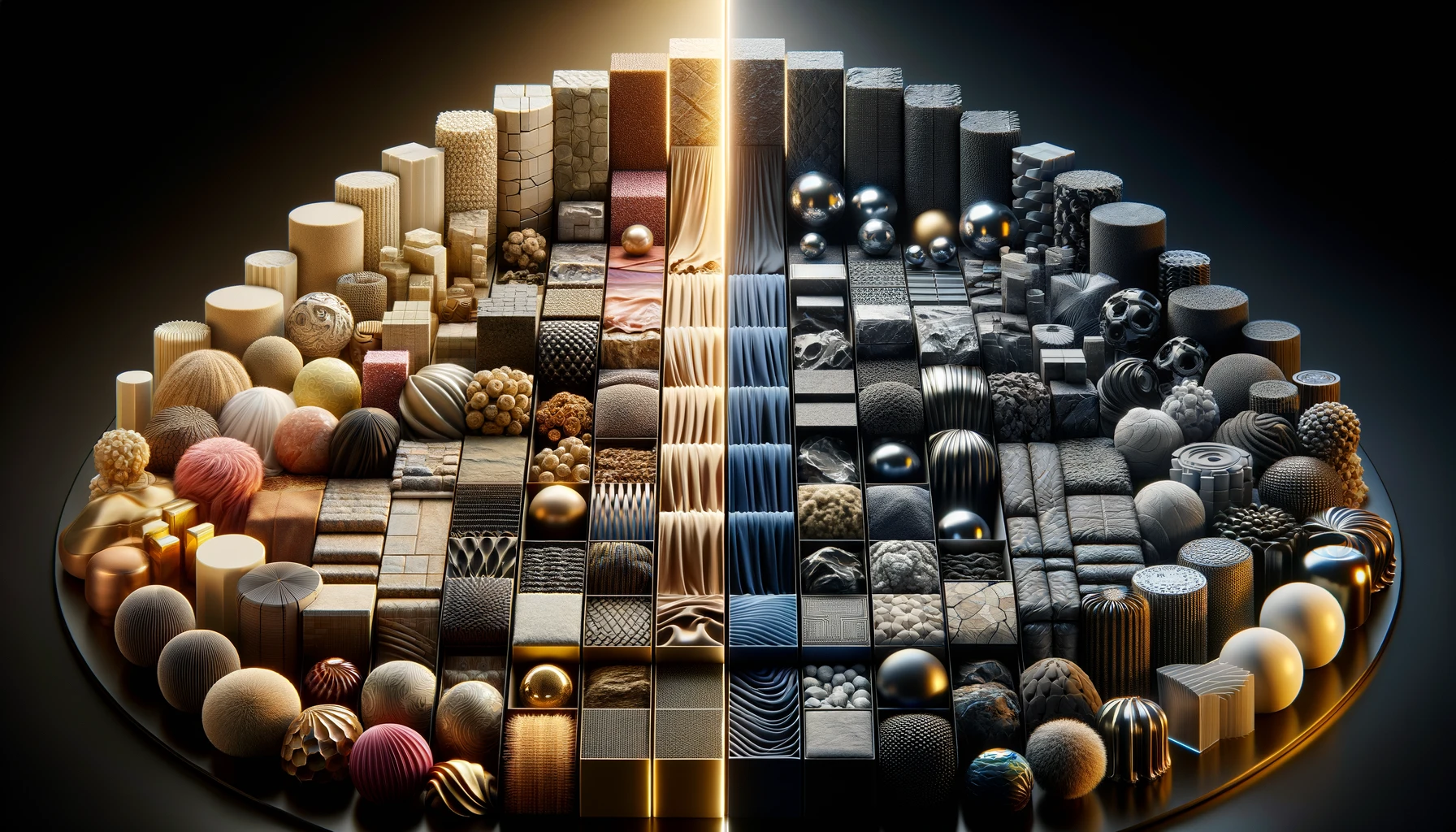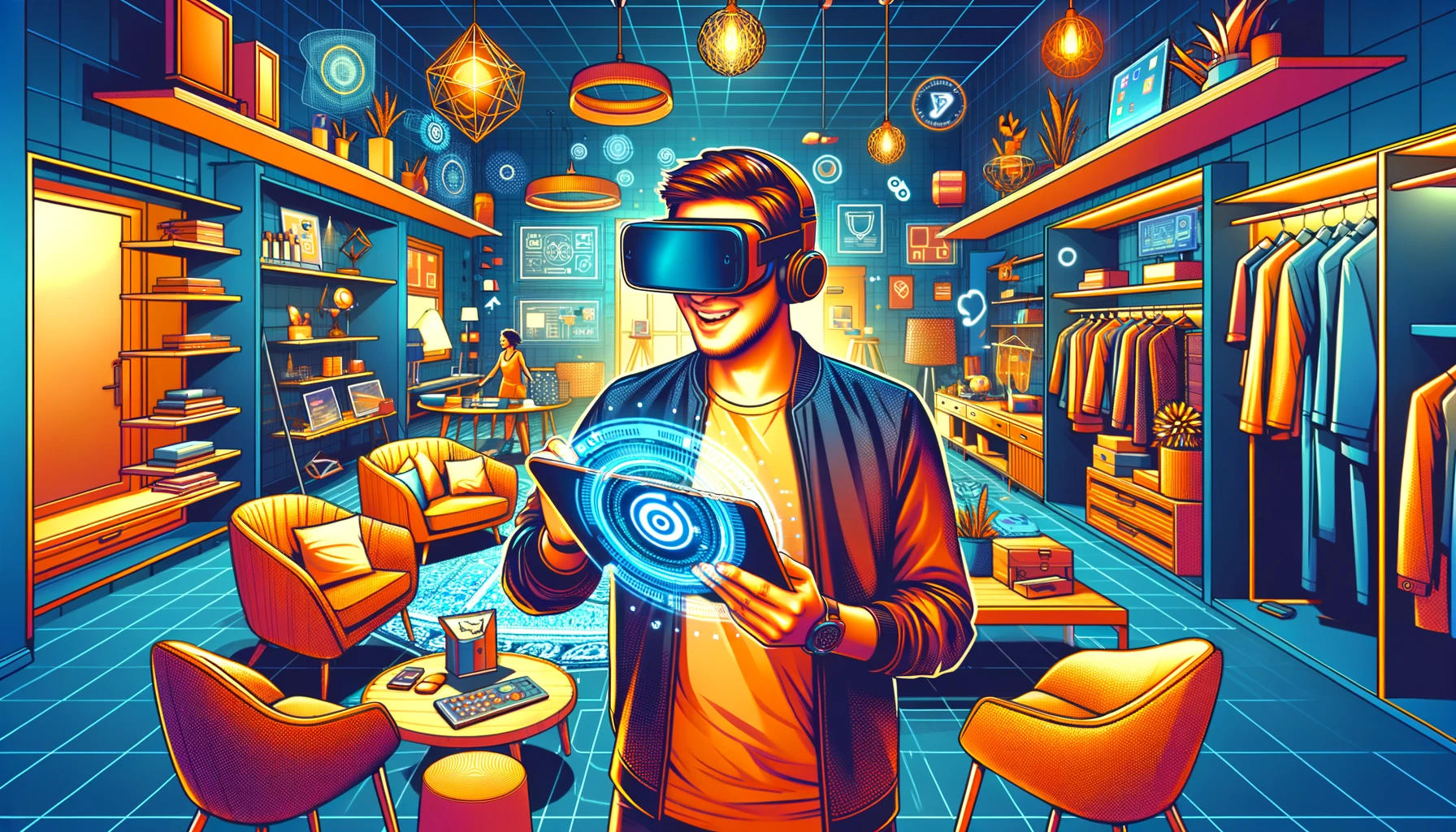Step into the world of 3D design, and you'll quickly find that textures are the unsung heroes of the digital realm. They transform bland surfaces into rich, tactile experiences, turning flat images into dynamic landscapes that beg to be explored. But hold onto your digital hats, because the texture of tomorrow is not just about looking real; it's about feeling real.
In the ever-evolving universe of 3D design, texturing has undergone a metamorphosis, from simple color applications to complex layers of realism. The latest innovations aren't just improving visuals; they're challenging our very perception of what's virtual and what's tangible.
Imagine running your digital hands over a virtual brick wall and feeling the roughness, the coolness, and even the moisture of real brick. Sounds like science fiction, right? But with advancements in material simulation and tactile feedback technology, this level of interaction is inching closer to reality.
But let's get down to the nitty-gritty—literally. The magic behind this transformation lies in the detail. Microscopic details, to be precise. The future of texturing is all about microsurface detail—those tiny bumps, grooves, and imperfections that give materials their character. By harnessing the power of advanced algorithms and high-definition mapping, designers can create textures that fool the eyes and, eventually, the touch.
However, this new frontier of texturing isn't just for show; it's reshaping industries. In fashion, designers can simulate fabrics with astonishing accuracy, leading to better prototypes and less waste. In gaming, players can immerse themselves in environments that are visually and tactically engaging, blurring the lines between game and reality.
But before you leap into this textured future, remember that with great detail comes great responsibility. More complex textures can mean heavier computational loads, so it's a balancing act between fidelity and efficiency. It's like cooking a gourmet meal—you need the right balance of spices to create a masterpiece.
As we stand on the brink of this textural revolution, one thing is clear: the future is detailed, and it's more tactile than ever. So, whether you're a seasoned 3D artist or a curious newcomer, there's never been a more exciting time to dive into the world of texturing.





